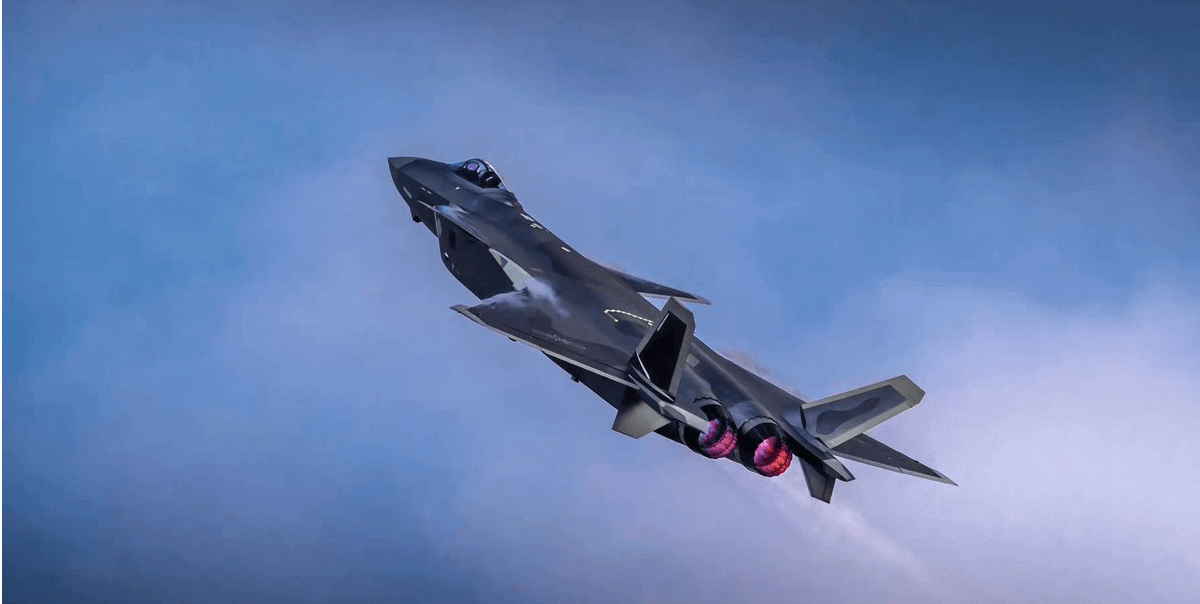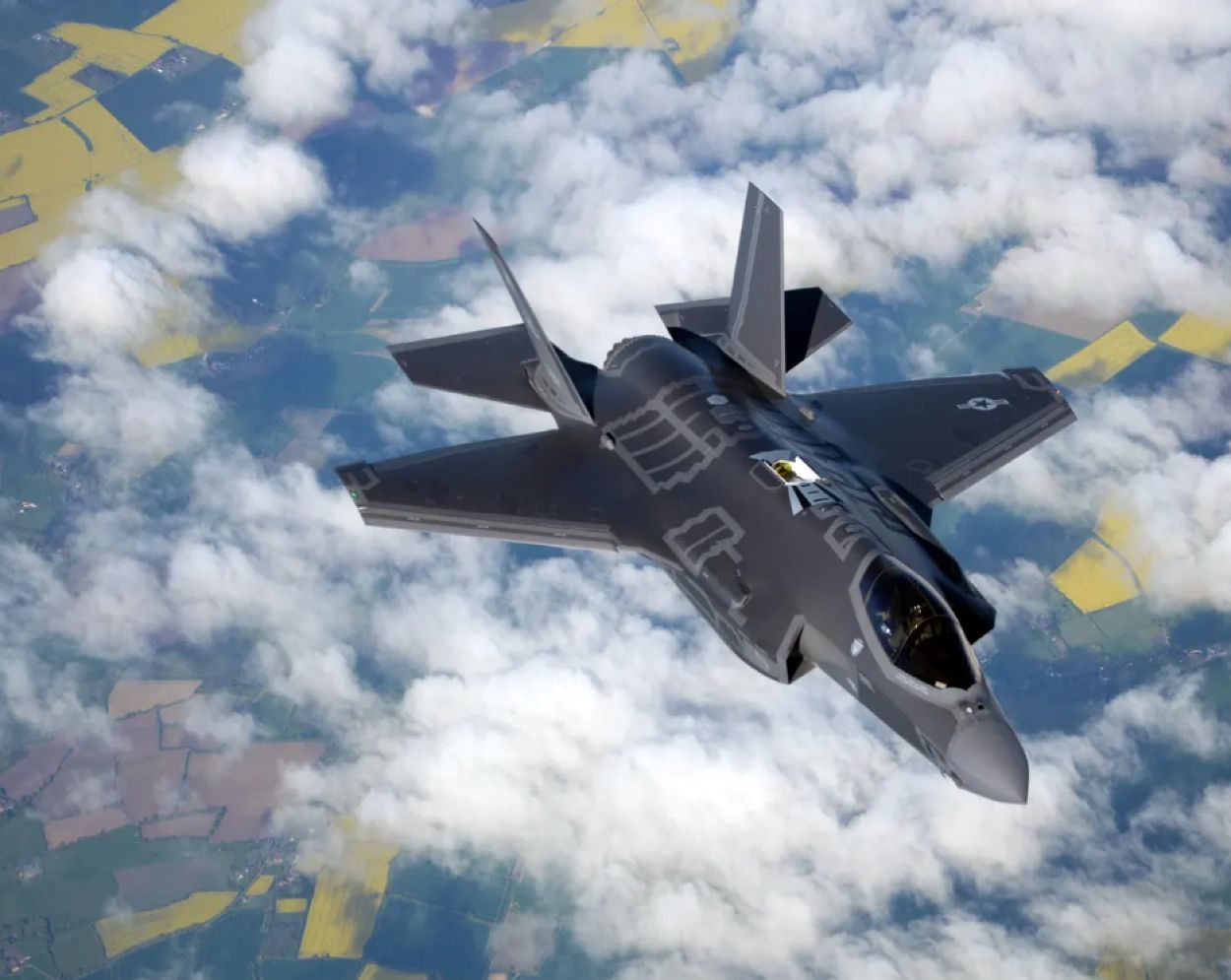In a war with China, the US Air Force (USAF) needs to “make robust” all elements of its ‘kill chains’ that guide ordnance from target identification to engagement since that is what the People’s Liberation Army (PLA) will disrupt at various stages.
This was the common consensus reached by experts and serving retired senior USAF Generals at a webinar held by the Mitchell Institute of Aerospace Studies (MIAS).
Former USAF deputy chief of staff for operations, Lt Gen Joseph Guastella, now a senior fellow at MIAS; commander of the 57th Wing Brig Gen Richard Goodman; and MIAS senior resident fellow Heather Penny also noted a poor ratio of fifth to fourth generation fighters where the former should be available in sufficient quantities as the latter is “not survivable” in today’s high-end fight.
What Are Kill Chains?
The kill chain is the sequence of processes from target acquisition to engagement/firing, where until the ordnance is released, it involves target identification, “fixing,” and target tracking.
They have corresponding platforms performing each of these functions. These involve intelligence-surveillance-reconnaissance (ISR) drones, airborne early warning aircraft (AEW), satellites, command and control (C2) centers, and even ground troops.
Penny writes in a separate report that China aims to destroy, deceive, or confuse this “information” gathering and decision-making architecture/network rather than solely destroying enemy forces.

In a presentation, Penny explained how the Chinese, after having closely studied US warfighting style for three decades – would look at hitting each element in the kill chain and disable the entire system.
Notably, China learned from Operation Desert Storm in the early 1990s how the US completely disabled the Iraqi military in a matter of days, with little to no loss to themselves.
Attack ‘Systems’ Of Systems
China can also attack components of US military kill chains with electronic warfare, where it jams, for instance, the Link 16 data links that link nearly every US air and ground asset.
Thus preventing the flow of this “information” between various systems is sufficient to “disrupt” the kill chain that will be preparing to fire on Chinese targets.
For instance, shooting down large AEW&C aircraft like the E-3 Sentry will force USAF and US Navy fighters to adapt or introduce ad hoc workarounds, slowing down the “tempo” of American operations and speed of the kill chain.
It is worrisome that China has already moved in this direction (of strengthening its own kill chain elements) with the WZ-8 high-speed strategic reconnaissance drone. China might use the fast-flying high-altitude drone to complement the existing kill chain by plotting its location and help coordinate other units to form an anti-ship raid against it.
It’s a different matter that the WZ-8 has long been concluded to be a reverse-engineered version of the Lockheed Skunk Works D-21 from the 1960s.

Penny specifically said having large numbers of the B-21 Raider and the F-35 Lightning II was vital, given their stealth and electronic intelligence (ELINT) capabilities, and not to repeat the mistake of the B-2 Spirit and F-22 Raptor.
Despite considerable investment, the two aircraft were only built in small quantities, which are inadequate against the tens of thousands of possible targets in a Pacific air campaign.
The EurAsian Times had previously touched upon this emerging Chinese doctrine of “intelligentized” warfare, which has significantly influenced the design of its military and, to a great extent, possible tactics and manner in which platforms like the J-20 would be employed.
US Too Wants To Target Chinese Kill Chains
But even more interesting is that the USAF itself has been considering attacking China’s kill chains, as was admitted by Pacific Air Forces commander General Kenneth Wilsbach in a March 14, 2022, seminar at MIAS.
This was also the same famous event where Wilsbach admitted they were “relatively impressed” with the J-20 and how it was being flown “professionally” after making the stunning revelation that the F-35 and the Chinese stealth fighter had encountered one another over the East China Sea (ECS).
It was while expanding upon the KJ-500 Airborne Early Warning and Control (AEW&C) aircraft that can guide the 200 kilometers range PL-15 beyond visual range (BVR) missile fired from the J-20 that he revealed the USAF’s tactical thinking.
“Some of their very long-range air-to-air missiles (PL-15) are aided by that KJ-500. Being able to interrupt that kill chain is something that interests me greatly,” Wilsbach had said.
- The author can be reached at satamp@gmail.com
- Follow EurAsian Times on Google News




